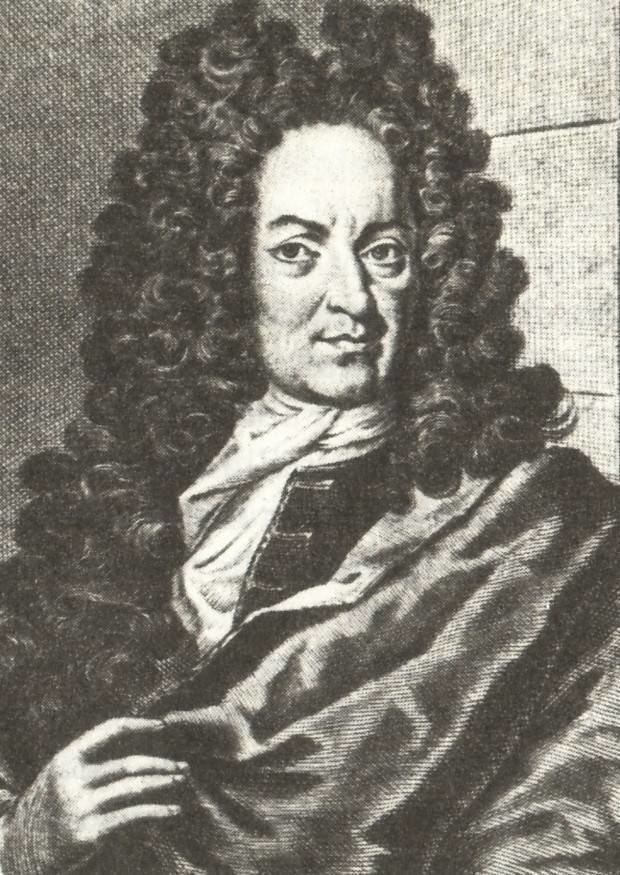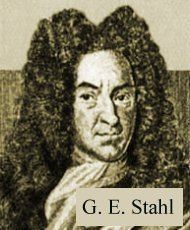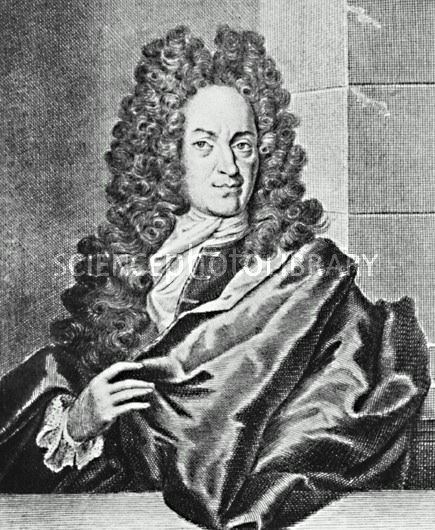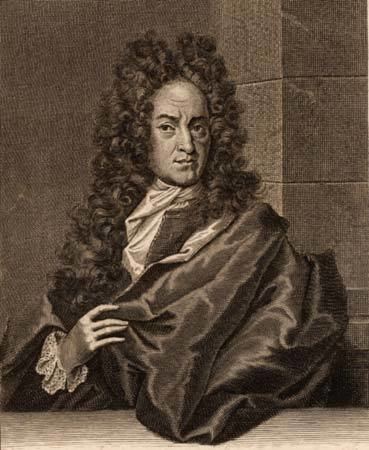Nationality German Name Georg Stahl | Institutions University of Halle Influences J.J. Becher Role Chemist Fields Chemistry | |
 | ||
Born 22 October 1659Ansbach ( 1659-10-22 ) Known for phlogiston theoryfermentation Similar People Johann Joachim Becher, Joseph Priestley, Antoine Lavoisier, Carl Wilhelm Scheele, Stephen Hales | ||
Georg Ernst Stahl | Wikipedia audio article
Georg Ernst Stahl (22 October 1659 – 24 May 1734) was a German chemist, physician and philosopher. He was a supporter of vitalism, and until the late 18th century his works on phlogiston were accepted as an explanation for chemical processes. He died in Berlin.
Contents

Life and Education

He was born in St. John's Parish in Ansbach, Brandenburg on October 21, 1659. His father was Johann Lorentz Stahl. He was raised in Pietism, which influenced his viewpoints on the world. His interests in chemistry were due to the influence a professor of medicine, Jacob Barner, and a chemist, Johann Kunckel von Lowenstjern. In the late 1670s, Stahl moved to Saxe-Jena to study medicine at the University of Jena. Stahl’s success at Jena earned him a M.D. around 1683 and then he went on to teach at the same university.

Teaching at the university gained him such a good reputation that in 1687 he was hired as the personal physician to Duke Johann Ernst of Sachsen-Weimar. In 1693, he joined his old college friend Friedrich Hoffmann at the University of Halle. In 1694, he held the chair of medicine at the University of Halle. From 1715 until his death, he was the physician and counselor to King Friedrich Wilhelm I of Prussia and in charge of Berlin's Medical Board. He had two wives, who had died from puerperal fever in 1696 and 1706. He also had a son Johnathan and a daughter who died in 1708.
Medicine

Stahl's focus was on the distinction between the living and nonliving. Although he did not support the views of iatro-mechanists, he believed that all non-living creatures are mechanical and so are living things to a certain degree. His views were that nonliving things are stable throughout time and did not rapidly change. On the other hand, living things are subject to change and have a tendency to decompose.

Stahl professed an animistic system, in opposition to the materialism of Hermann Boerhaave and Friedrich Hoffmann. His main argument on living things was that there is an agent responsible for delaying this decomposition of living things and that agent is the anima or soul of the living organism. The anima controls all of the physical processes that happen in the body. It not only just controls the mechanical aspects of it but the direction and goals of them too. How the anima controls these processes is through motion. He believed that the three important motions of the body are the circulation of blood, excretion and secretion.
These beliefs were reflected in his views on medicine. He thought that medicine should deal with the body as a whole and its anima, rather than the specific parts of a body. Having knowledge on the specific mechanical parts of the body is not very useful. His views had been criticized by Gottfried Leibniz with whom he exchanged letters, later published in a book titled Negotium otiosum seu σκιαμαχία (1720). Also, during the first part of the 18th century, Stahl's ideas on the non-physical part of the body were disregarded while his mechanistic ideas on the body were accepted in the works of Hermann Boerhaave and Friedrich Hoffmann.
Chemistry
The best of Stahl’s work in chemistry was done while he was a professor at Halle. Just like medicine, he believed that chemistry could not be reduced to mechanistic views. Although he believed in atoms, he did not believe that atomic theories were enough to describe the chemical processes that go on. He believed that atoms could not be isolated individually and that they join together to form elements. He took an empirical approach when establishing his descriptions of chemistry.
Stahl used the works of Johann Joachim Becher to help him come up with explanations of chemical phenomena. The main theory that Stahl got from J. J. Becher was the theory of phlogiston. This theory did not have any experimental basis before Stahl. He was able to make the theory applicable to chemistry. This theory was later replaced by Antoine-Laurent Lavoisier’s theory of oxidation. He also propounded a view of fermentation which in some respects resembles that supported by Justus von Liebig a century and half later. Although his theory was replaced, Stahl's theory of phlogiston is seen to be the transition between alchemy and chemistry.
